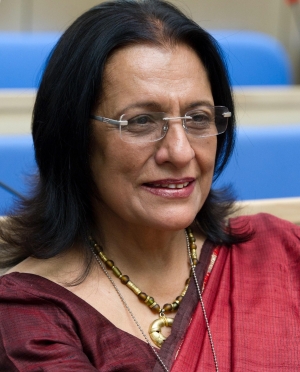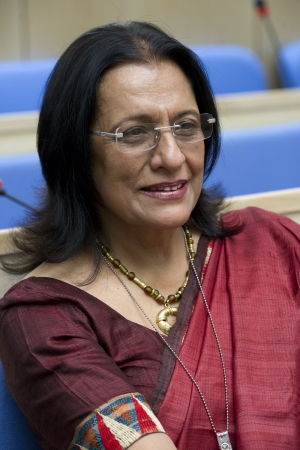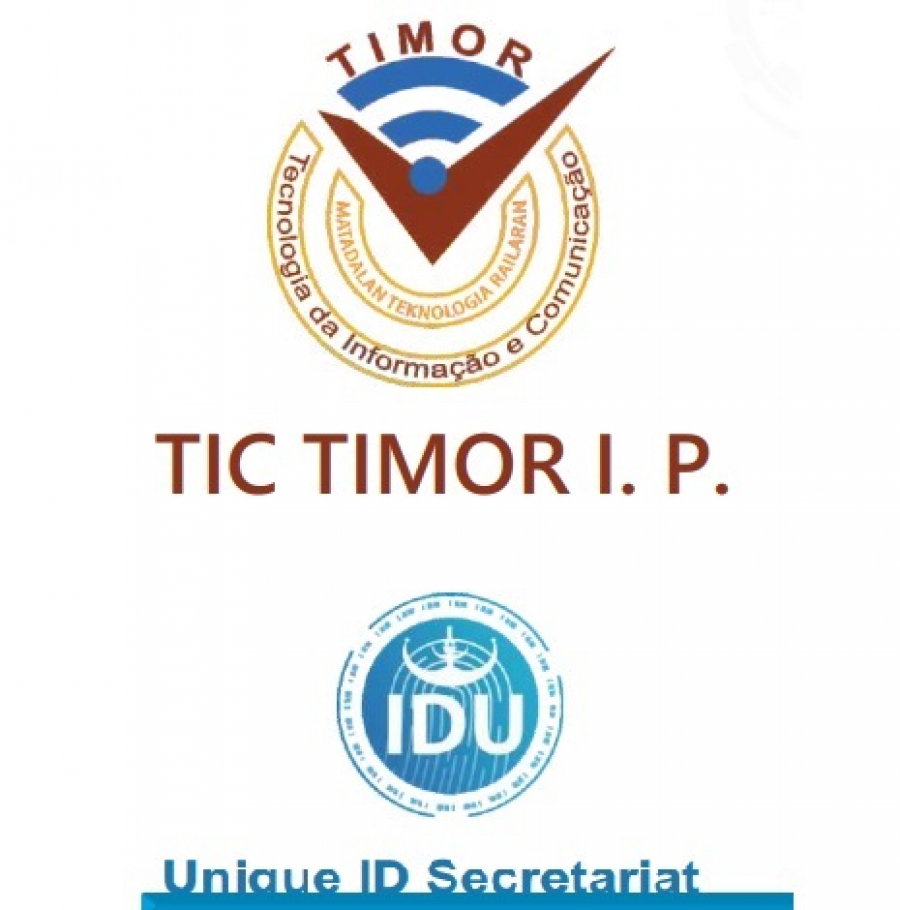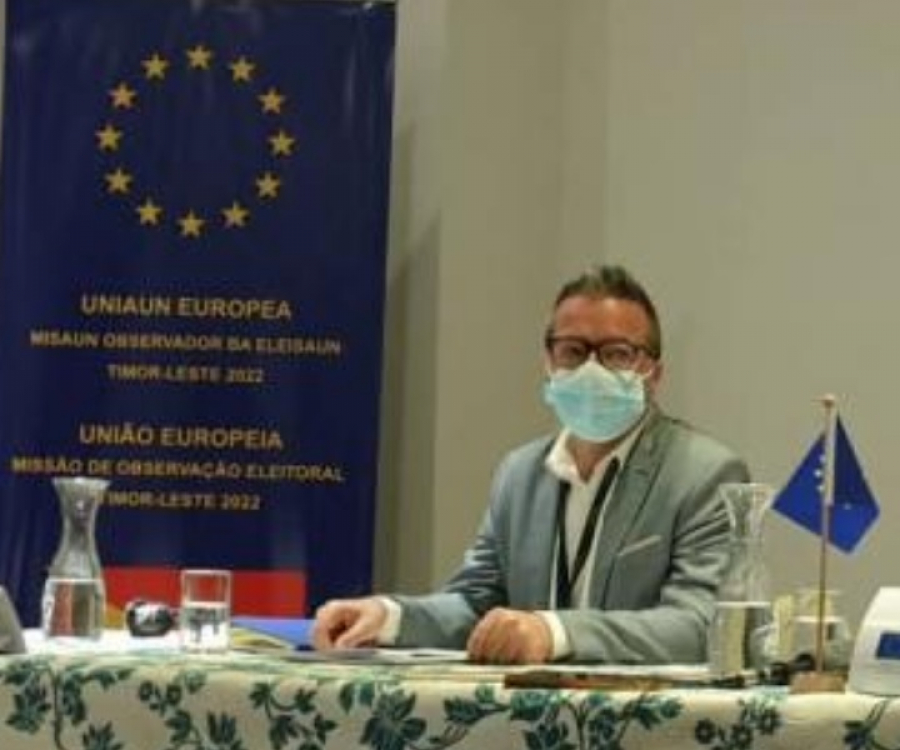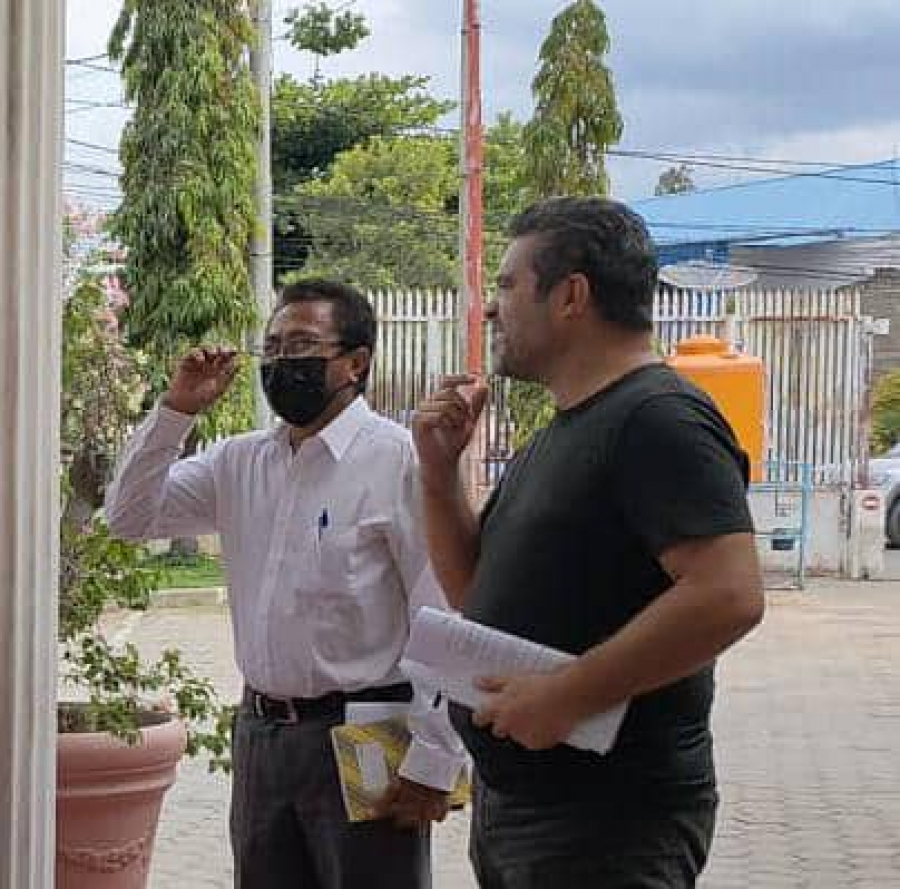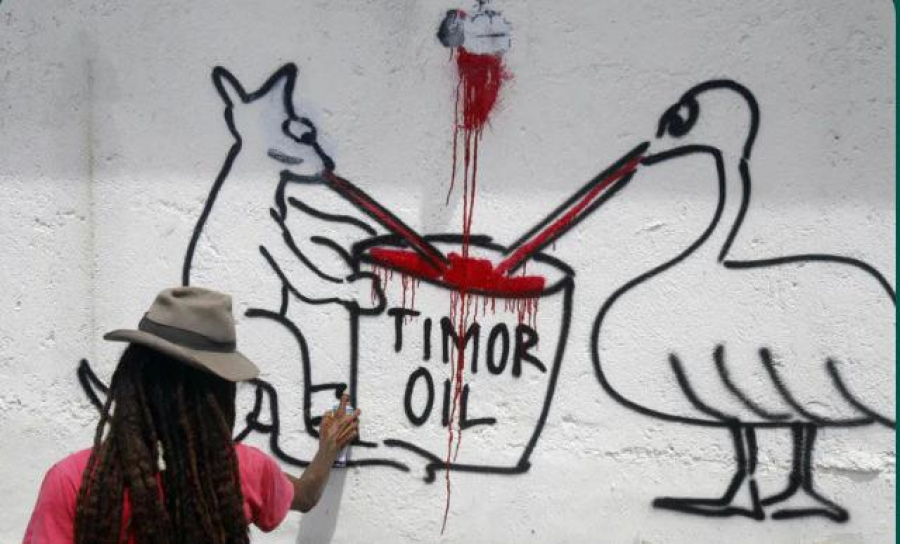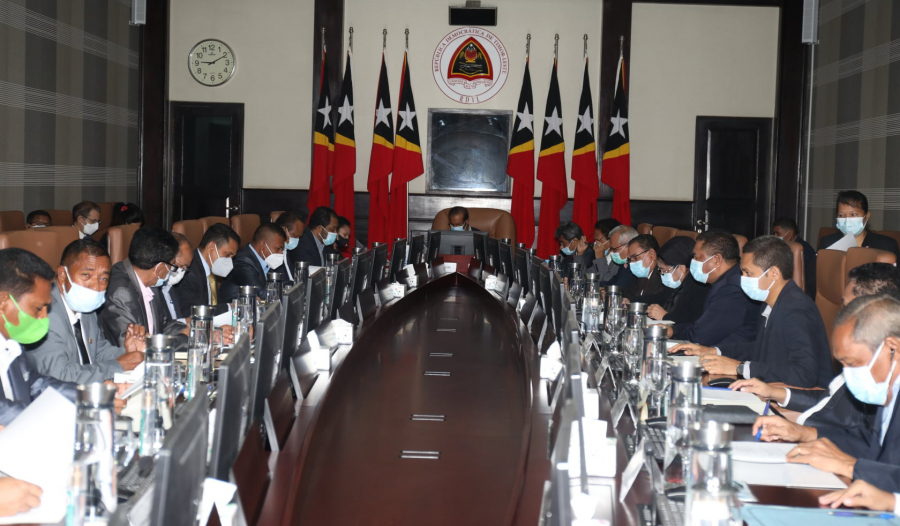Together, forward in the fight against COVID-19
May 09, 2020By Dr Poonam Khetrapal Singh, WHO Regional Director for South-East Asia
Three priorities must chart the path ahead: control and suppress spread, strengthen and maintain health services, and support each other to stay safe, healthy and well
The WHO South-East Asia Region is entering a new phase in its pandemic response. In recent weeks the spread of COVID-19 in the Region has slowed, due in large part to the unprecedented physical distancing measures that countries implemented early and aggressively. Several Member States are now preparing to safely transition towards a “new normal” in which social and economic life can function amid low disease transmission. To do that successfully, countries must continue to be bold, decisive and mobilize the full power of their whole-of-government, whole-of-society approaches.
Our challenge is immense. Across the globe, the spread of COVID-19 continues to cause disease, death and disruption. It has pushed even the most advanced health systems to the brink. The crude mortality ratio for COVID-19 is estimated to be upwards of 3%, but can change from country to country, and even within countries. Key variables include access to care and the availability of testing.
VIDEO PUBLISIDADE APELU HUSI PM TAUR APLAUS BA FRONT LINE
The Region’s Member States must continue to take evidence-informed action and conduct careful risk assessments prior to making decisions on winding back public health and social measures. Among other factors, due consideration should be given to the local epidemiology of COVID-19, including identified hot-spots and clusters, and the capacity of systems and responders to find, isolate and care for cases, and quarantine contacts.
Whatever a country’s current transmission scenario, there can be no illusions: We are in this for the long haul. In what will be an ongoing struggle against COVID-19, Member State strategies must be clear, comprehensive and cover immediate and long-term needs. Three priorities must chart the path ahead: control and suppress spread, strengthen and maintain health services, and support each other to stay safe, healthy and well.
To control and suppress spread, we must take the fight to the virus. Active case detection, isolation, testing and contact tracing can control the virus. Should community transmission occur, they are vital to suppressing it. Strengthening surveillance and contact tracing in particular will help national and local authorities to rapidly adapt to evolving outbreaks, whether moving from one case to a cluster of cases, or from a cluster of cases to no cases.
PUBLISIDADE
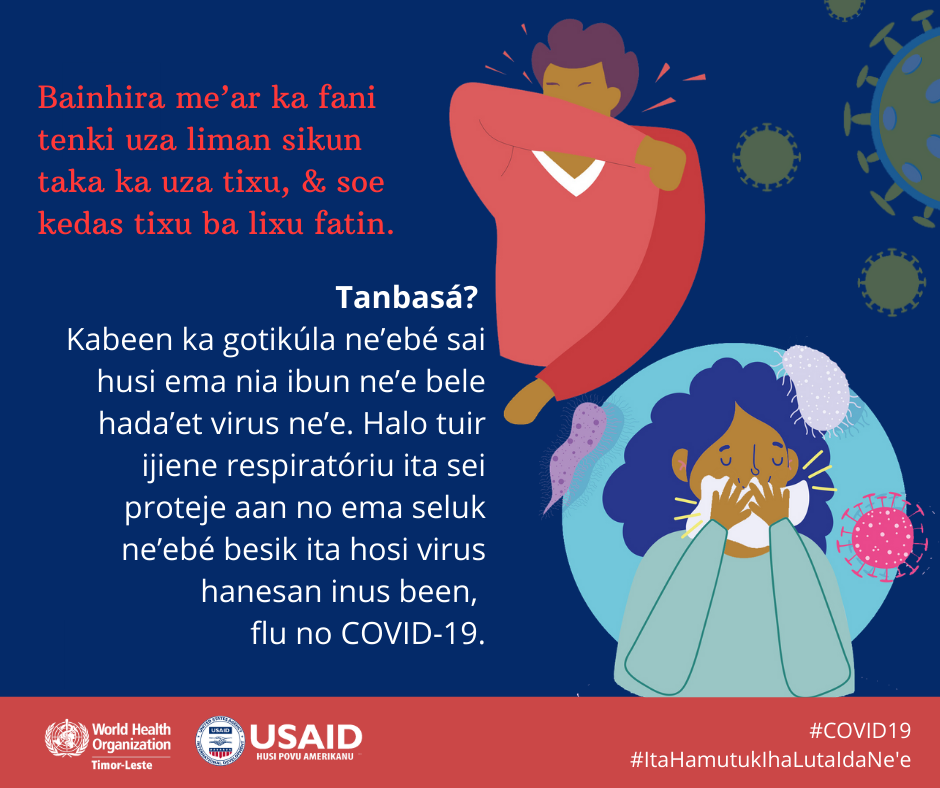
Agility and innovation will be crucial, especially at the sub-national level, across borders and with mobile populations. For areas with limited transmission, responders must focus on finding and isolating all cases, providing them with appropriate care, and tracing, quarantining and supporting all contacts. Where sustained transmission occurs, they must aggressively slow and reduce it to manageable clusters, for which they may consider reintroducing physical distancing measures in a way that minimizes negative impacts.
To strengthen health services, all countries must first protect health workers. WHO continues to work with governments, industry and the Pandemic Supply Chain Network to overcome global shortages of personal protective equipment. It is imperative that health workers have the gowns, gloves, medical masks and eye protection required to save lives and avoid infection.
Countries must continue to expand isolation and ICU capacity, while also rationalizing it. By networking COVID-19 treatment facilities, health leaders and administrators can better share the burden among facilities. By implementing clear triage protocols, they will ensure all patients with severe manifestations are provided safe, rapid admission to intensive care units. Rigorous infection prevention and control is needed to prevent health facilities from facilitating transmission.
PUBLISIDADE
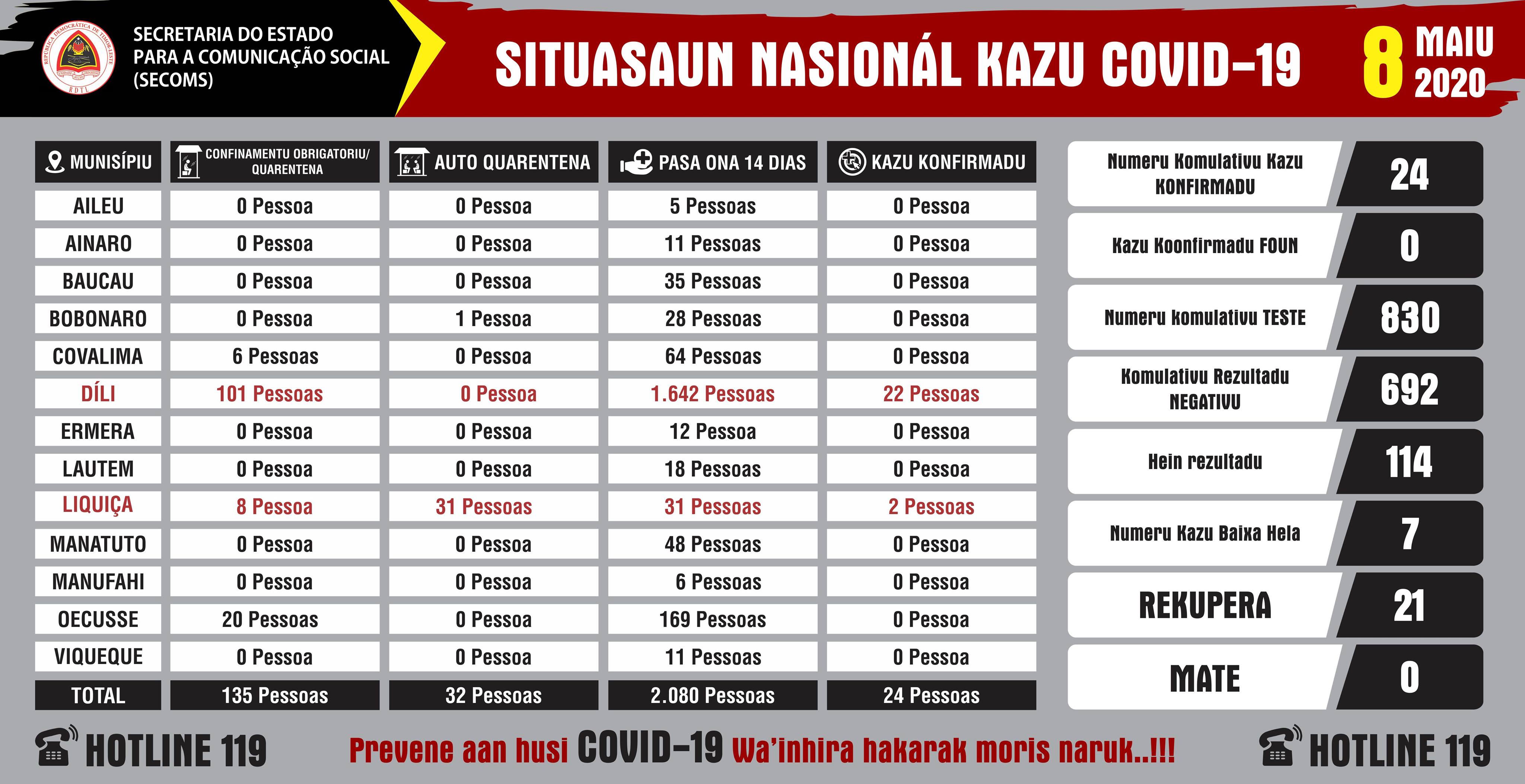
Ensuring essential health services are maintained is vital. We must not only reduce mortality from COVID-19 itself, but also from vaccine-preventable diseases and other treatable conditions that can increase when health systems are overwhelmed. WHO will continue to support countries in the Region to implement key WHO guidelines on maintaining essential health services as they directly respond to COVID-19.
To achieve these outcomes, Member States must mobilize a whole-of-government, whole-of-society approach that highlights each person’s role in supporting one another to stay safe, healthy and well. Regular hand-washing, coughing or sneezing into one’s elbow, and avoiding contact with people with flu-like symptoms are crucial to staying healthy. So too is following local and national guidance on physical distancing. Avoid using tobacco, alcohol and other substances that impair the immune system and damage health. Support health workers and say no to stigma.
We must also stay well. Look after your mental health and be supportive of others. It is natural to feel sad, stressed, confused, scared or angry during a crisis. Helpful coping strategies include getting sufficient rest, exercise, eating well, avoiding harmful substances and staying in close contact with family and friends. WHO will continue to provide accessible and actionable information on coping with COVID-19-related stress and anxiety, and will support all Member States to strengthen mental health services as part of the COVID-19 response.
We must continue to stand together to tackle what is the greatest public health challenge of a generation. The Region’s strategy to control and suppress spread, strengthen and maintain health services, and support each other to stay safe, healthy and well, will help all countries to save lives and minimize impact. Our mission is clear. Our challenge is great. Together, forward in the fight against COVID-19.
PUBLISIDADE
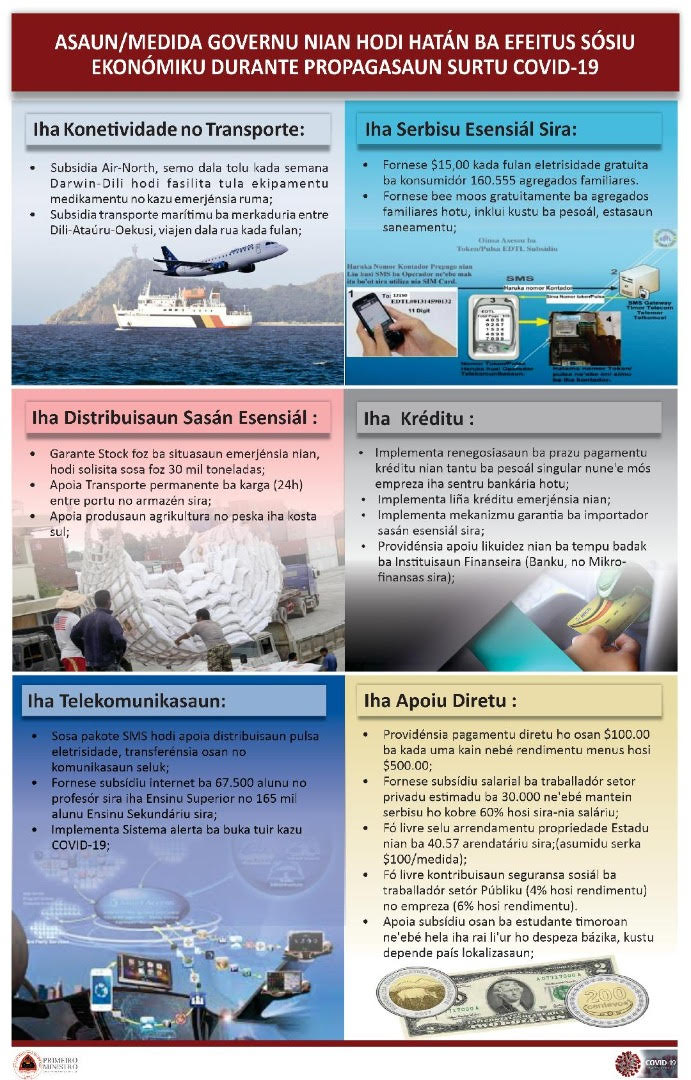
By Dr Poonam Khetrapal Singh, WHO Regional Director for South-East Asia
Promoting good hand hygiene is one of the most basic yet powerful tools that Member States of the WHO South-East Asia Region must continue to leverage to reduce the spread of COVID-19. All Member States should urgently provide universal access to public hand hygiene stations as they embark on the next phase of the pandemic response, including at the entrance to every public or private commercial building and at all transport locations, especially major bus and train stations, airports and seaports. Regular and thorough hand-washing with soap or use of an alcohol-based rub are critical measures each of us can take to protect ourselves, each other and those who care for us: health workers.
As the world marks the annual WHO “SAVE LIVES: Clean Your Hands” campaign on 5 May, which is also the International Day of the Midwife, it is imperative that Member States continue to enhance hand hygiene in health care. Based on WHO/UNICEF Joint Monitoring Programme global estimates, 35% of health facilities in the Region lack functional hand hygiene facilities at points of care and toilets. Effective infection prevention and control measures, including hand hygiene, are crucial to ensuring health facilities do not become hubs of COVID-19 transmission, and to reducing health care-associated infections from other pathogens, which account for an estimated 8 million deaths globally each year. Nurses and midwives in particular must be provided the resources and training required to implement good hand hygiene practices to respond to the pandemic and to safely maintain essential services.
VIDEO PUBLISIDADE APELU HUSI PM TAUR APLAUS BA FRONT LINE
There are several opportunities for Member States and health leaders in the Region to immediately scale up their support to nurses, midwives and other frontline responders to deliver clean care, for which they have WHO’s full technical and operational assistance.
First, all public and private health facilities should make functional hand hygiene stations readily accessible. Facility administrators should position hand hygiene stations at all points of care, in areas where personal protective equipment is put on or removed, where health care waste is handled, and within 5 metres of toilets. Hand hygiene stations must also be accessible at health facility entries and exits, and in waiting and dining rooms and other public areas.
Second, all health facilities should establish or strengthen hand hygiene improvement strategies. Facility administrators should provide refresher training on hand hygiene to nurses, midwives and other health workers. They should procure adequate quantities of good quality hand hygiene supplies. All staff must be encouraged to adhere to the “five moments for hand hygiene”, which are vital to protecting patient safety.
And third, health facility leaders should make hand hygiene a key quality monitoring indicator. Compliance with hand hygiene standards should be a core part of every health facility’s infection control regimen, with areas of risk identified and solutions found as a matter of priority. As part of this, all health facilities should sign up to and fully implement WHO’s global “SAVE LIVES: Clean Your Hands” campaign.
In this International Year of the Nurse and the Midwife, Member States in the Region must continue to support and strengthen the ability of nurses, midwives and other frontline responders to combat COVID-19, while also empowering the public to stop the spread and reduce the strain on health services. We are in this together and must get through it together. The health and well-being of the Region’s near 2 billion people is in all of our hands.
PUBLISIDADE
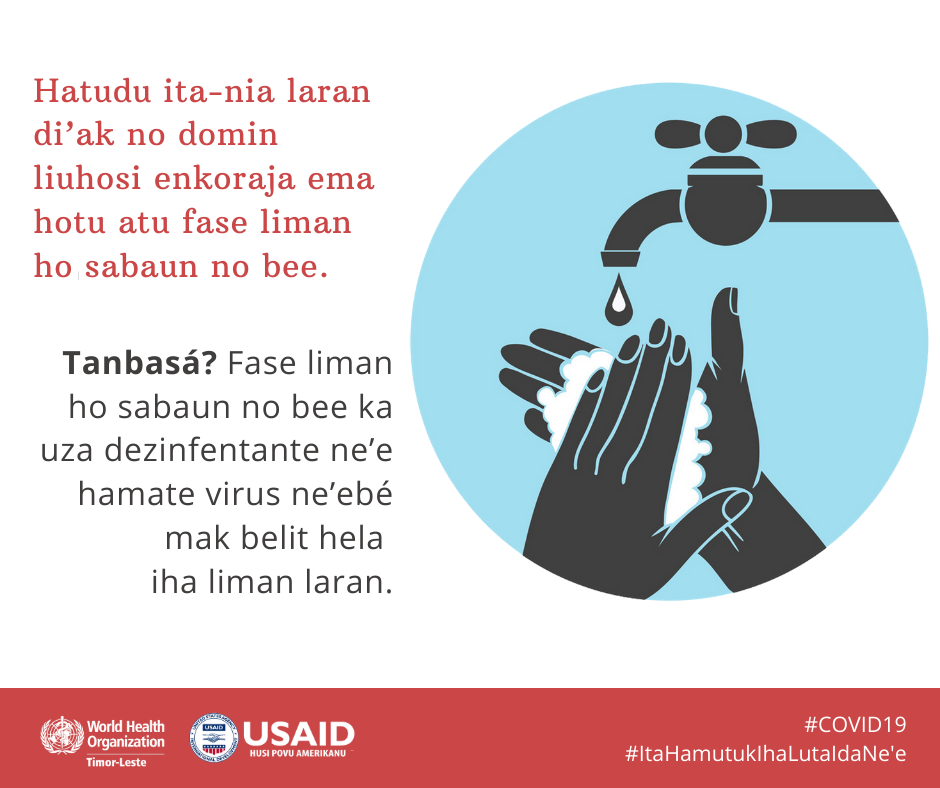
in English
Popular
Error: No articles to display
.



